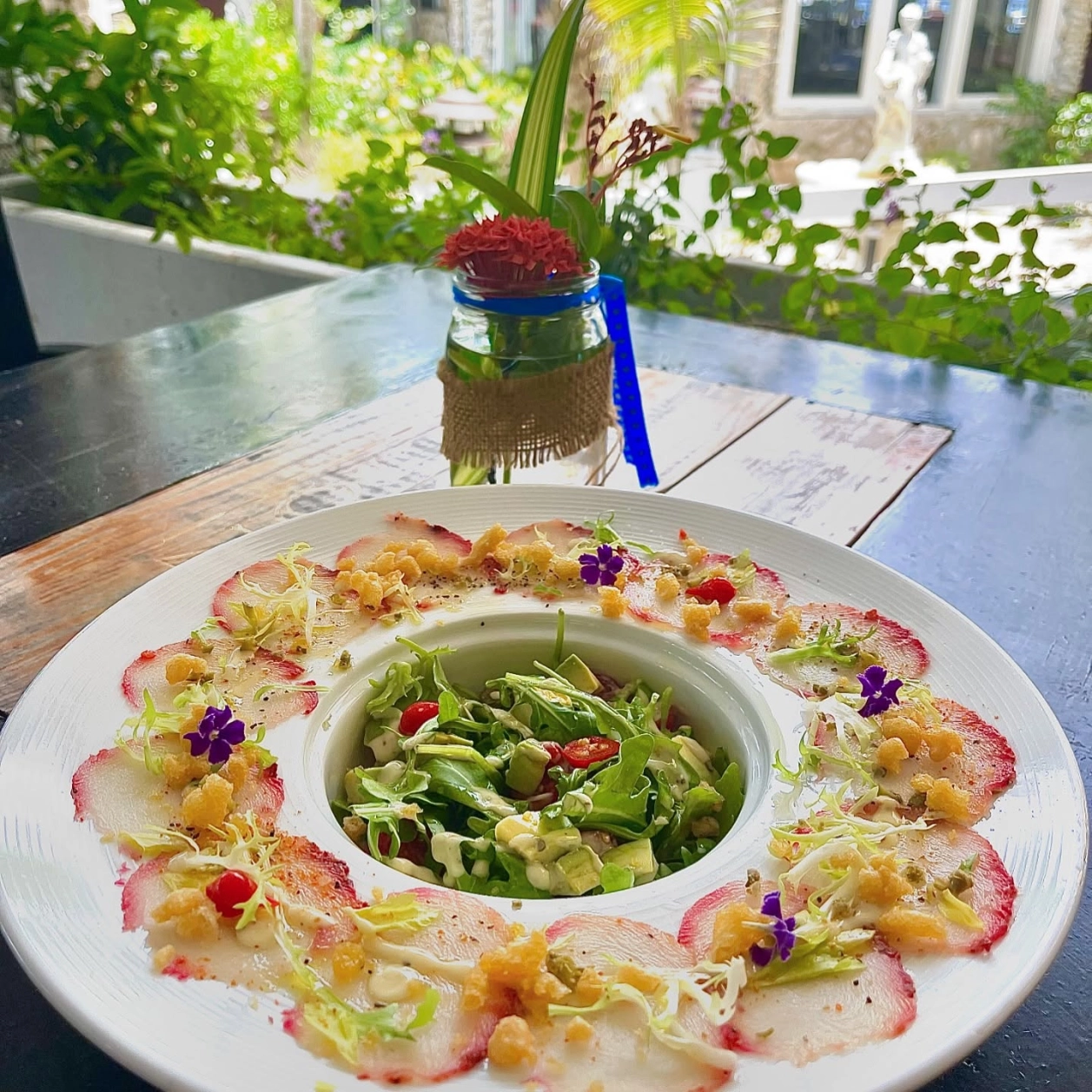
Imagine making restaurant-style fabulous dishes in the comfort of your home with the same finesse, flavor, and presentation.

This website uses cookies in order to improve the user experience Cookies Privacy Policy.
Thursday and Friday: 11:30am - 2.30 pm
[Indoor & Outdoor]
Private Dining Rooms available Monday to Friday!
Monday to Saturday: 4:00pm - 10:00pm
The kitchen closes at 9 pm.
SUNDAYS - Closed, but our sister waterfront restaurant offers beautiful dining by the water.
648 S Church St, George Town KY1-1106, Cayman Islands


